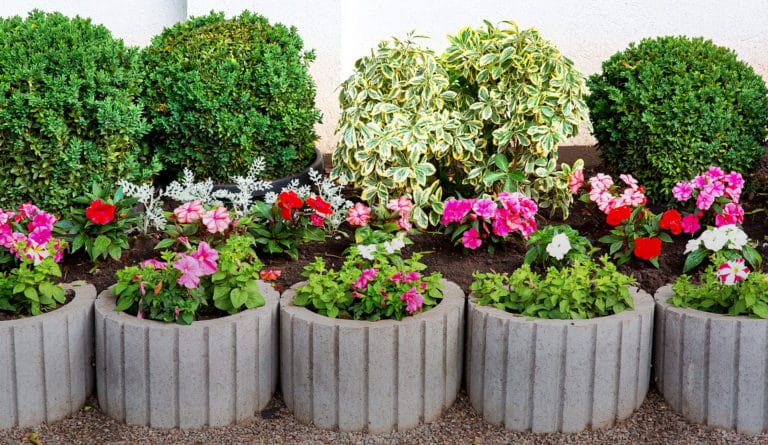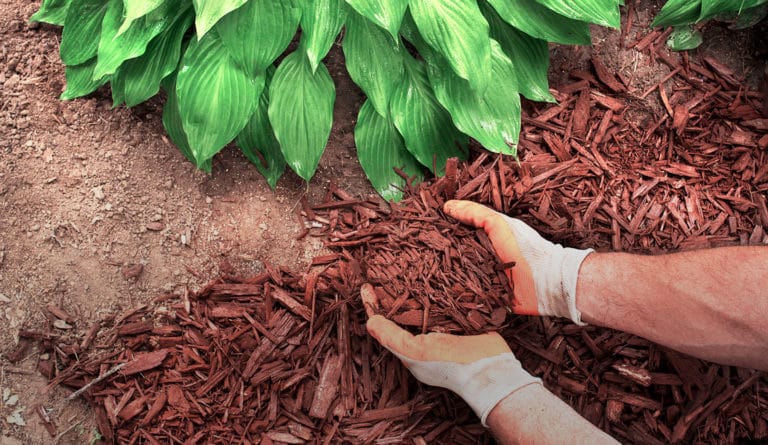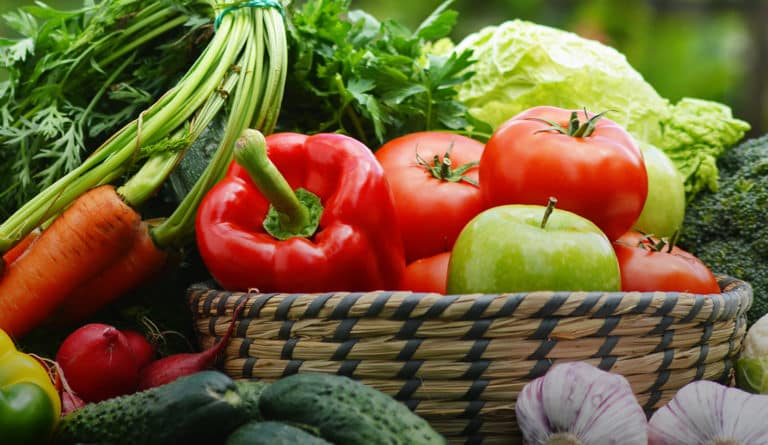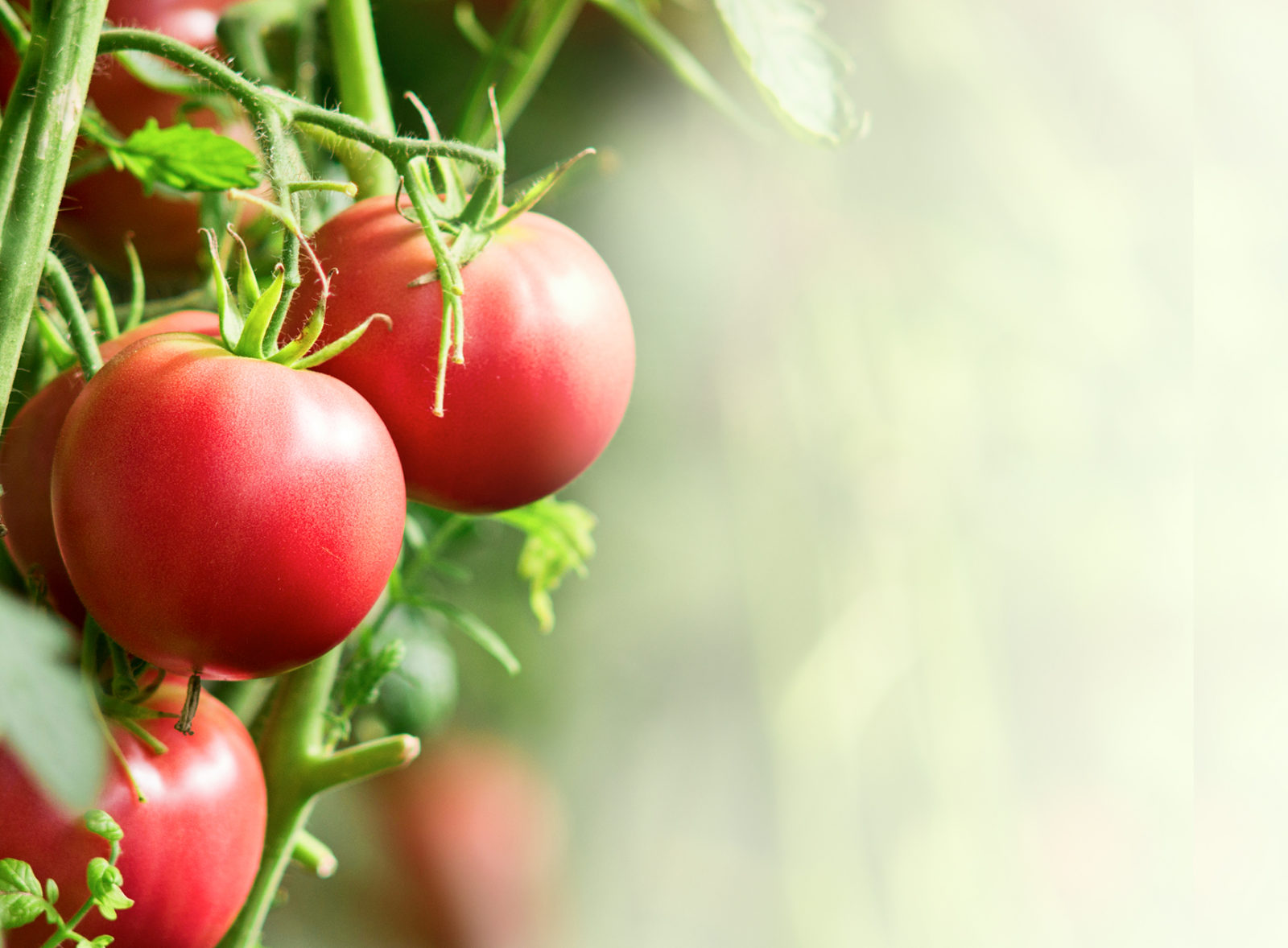
tomatoes
aka Solanum lycopersicum L.
there’s nothing more delicious than a homegrown tomato, fresh off the vine. And there’s so many colours, shapes and varieties to explore. No wonder it’s the most grown garden plant in the world.
variations
include cherry tomatoes, cocktail tomatoes, roma tomatoes, heirloom tomatoes or tomatoes on the vine.
light
direct sunlight
Plant your tomatoes where they will get 8-10 hours of sun. Properly tended tomato plants will grow tall! So plant them on the North side of your garden bed, so they don’t shade out your smaller flowers or crops.
water + feeding
These thirsty plants want regular watering, at least 1 inch of water a week.
If it isn’t raining at all, you’ll need to step up the watering and make sure their soil doesn’t dry out. Irregular watering can cause blossom end rot, or cracking & splitting of your tomatoes.
toxic
maybe for pets
Delicious for humans, but can cause upset stomachs for cats and dogs.
size
large friend
There are so many varieties, but most tomato plants grow up to 4 or even 5 feet tall
pro tip
so long, suckers!
The small shoots that appear between the joints of two branches are culled “suckers. They take energy and give you no tomatoes! So pinch them out.
fun fact
Canada’s fave!
Ontario produces 98% of Canada’s tomatoes, mostly in year-round greenhouses.
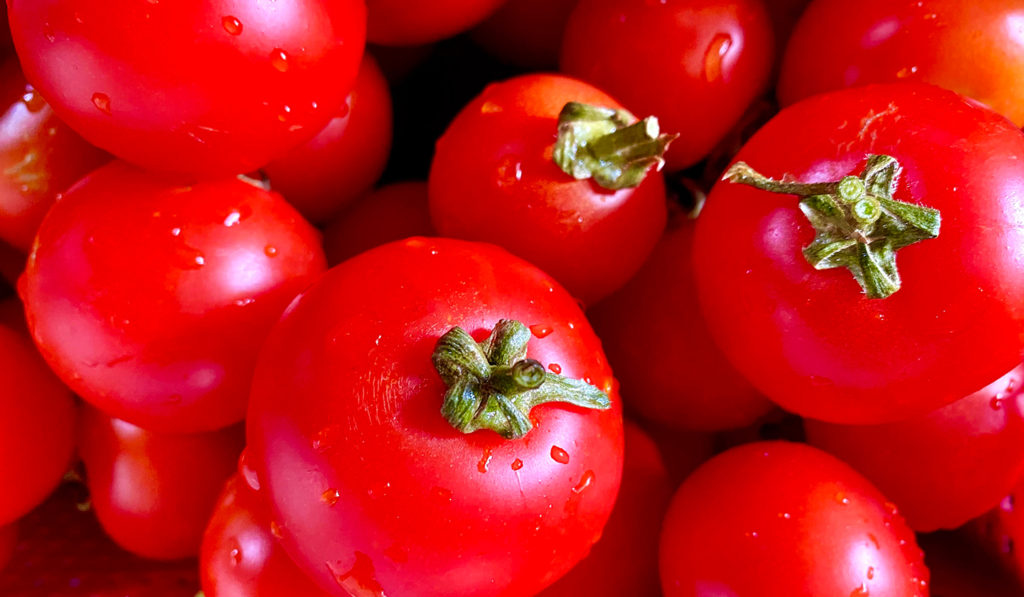
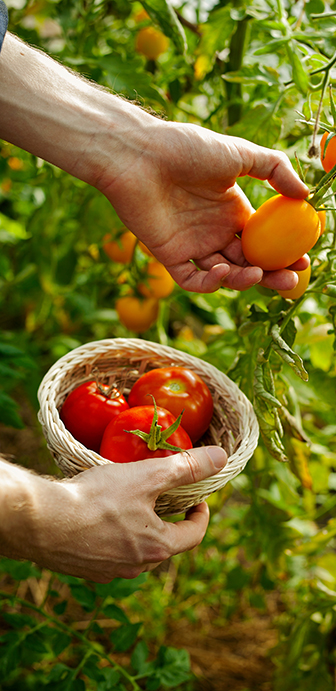
beyond the basics
-
soil + potting
Tomatoes like loose, high nutrient, good-draining soil. Tomato roots grow deep and spread out, so leave at least 18 to 24 inches between plants. Enrich the soil with egg shells or a granular plant food like Miracle-Gro® Shake ‘n Feed Tomato, Fruit & Vegetable Plant Food. This formula contains calcium, which is essential for strengthening cell walls and preventing calcium-deficiency disorders. That’s important because strong cell walls help reduce root rot and lessen fruit cracking or splitting.
-
indoor potting
Tomatoes don’t properly grow indoors unless you’re closely replicating outdoor garden conditions. They need a solid 8 hours of sunlight per day and temperatures of 70 F (21 C) or higher. That means an indoor grow light, or your sunniest window/glass door location.
-
harvest
Boost your tomato output by taking cuttings from your healthiest plants! Put the cutting in a glass of water, placed on a sunny windowsill. Roots will develop in 3 to 4 weeks. Then pot in a 4-inch to further develop those roots. Naturally, this plant will give you tomatoes later than the parent plant.
-
pest control
Tomatoes do get fungal diseases. Sources are rainwater, insects or even gardening tools with the fungus on them. Ensure you have air circulation around your roots and stem.
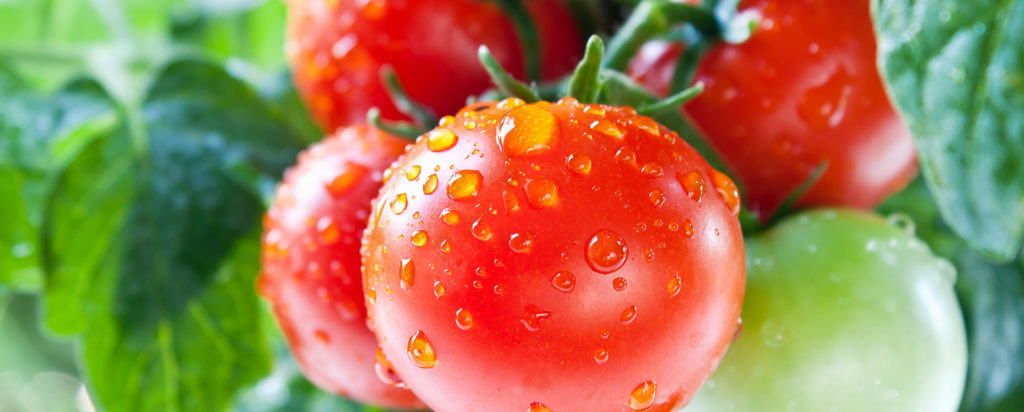
troubleshooting
-
why are my blossoms dropping?
You get flowers, but they fall off, with not little tomatoes to follow. This is most likely temperature fluctuation. Tomatoes require temps between 55 to 75 F (13 to 23 C) to keep their flowers. Too hot or too cold and you can get blossom drop. Other causes of blossom drop are not enough water, too little or too much nitrogen, a lack of pollination or insect pests. Strong plants resist temp fluctuations better so feed them with a granular plant food.
-
why don’t I have many tomatoes?
You’re growing lots of greenery but not many flowers or tomatoes? This could be too much nitrogen in the soil. It could also be crowding. Your plants should be 18 to 24 inches apart. Tomatoes are self-pollinating and need a breeze, so make sure they have air good airflow. Ensure things aren’t too crowded. If your plants are already established too close and you want to give them an easy pollenating boost, become the wind! Shake any flowering branches to help spread the pollen within the flower.
-
what are these ugly black patches on the bottom of my tomatoes?
Blossom End Rot. Your plant looks healthy enough, but ew, these black leathery spots! This is a calcium deficiency in the soil. Frist, remove any fruit with back spots. Unfortunately, there’s no saving them. Now we need to add calcium. Crushed egg shells are natural source. You can also add lime or gypsum to the soil. Watering plenty to help it absorb into the soil. You can also get more scientific with a foliar spray of calcium chloride. This spray should go on in the morning or late in the day because it can burn the leaves if applied midday. If these solutions still aren’t working, it’s time to check the pH level of your soil. A garden centre will do this for you. Tomatoes require a pH around 6.5 to properly absorb the calcium they need. This may sound like a lot of work, but balancing the pH of your soil is worth it.
-
why the Rolled up leaves?
First off, this issue probably won’t affect your harvest too much. Phew. This happens mostly in mature plants, with the older leaves at the bottom. Causes are hot temperatures, soil that’s too wet or too much pruning. To correct this issue, ease off the pruning and check the soil. If it’s soaked, reduce the amount of water without disrupting your watering schedule.
-
what’s this white, powdery stuff?
It’s a fungus called Powdery Mildew. It forms white spots on the leaves or even the stems. Left un-checked it can turn the leaves yellow or even brown. Lack of airflow is the cause, so do what you can to clear around your plants. To fight the mildew, your garden centre will have a spray containing sulfur.
